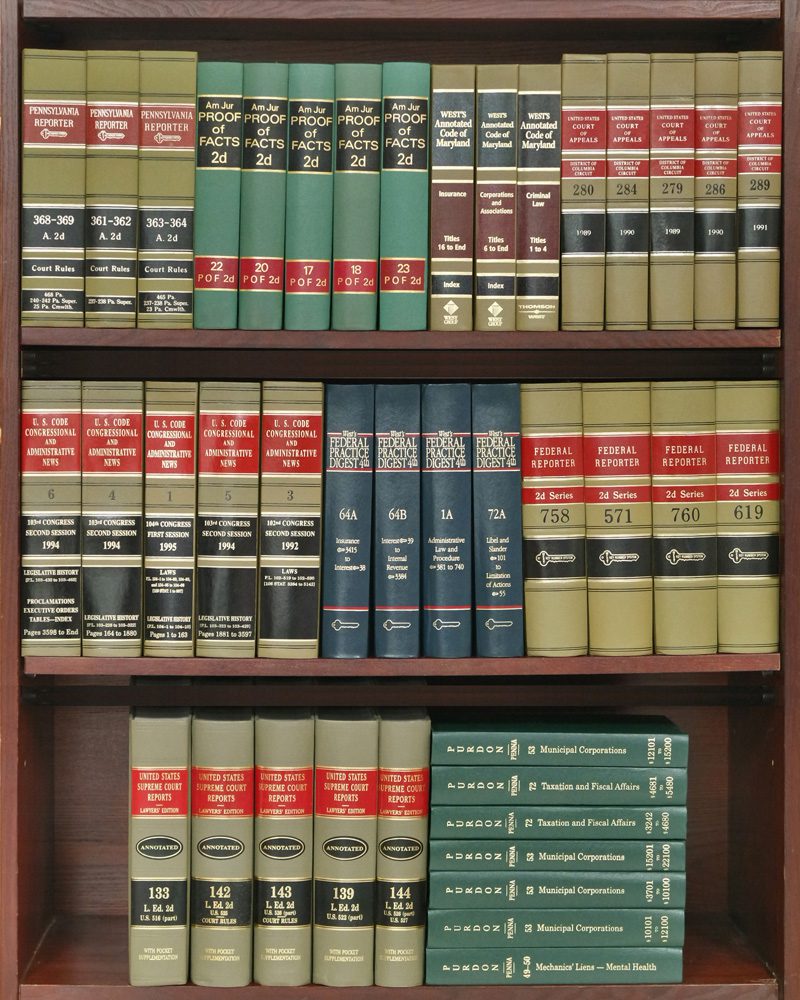Ramashree Conductors Ltd. & Ors. v. Asset Reconstruction Company (India) Ltd.
Ramashree Conductors Ltd. & Ors.
…Appellant
Asset Reconstruction Company (India) Ltd.
…Respondent
Case No: Appeal No. 61/2013
Date of Judgement: 30/08/2023
Judges:
Mr Justice Ashok Menon, Chairperson
For Appellant: Mr M Ramesh, Advocate.
For Respondent: Mr Rajesh Nagory along with Ms Khushboo, i/b M/s Manilal Kher Ambalal & Co., Advocate.
Download Court Copy CLICK HERE
Facts:
Appeal No. 61/2013 and Appeal No. 99/2013 were filed by Ramashree Conductors Ltd. (1st Appellant), a director of the company who mortgaged her flat as a personal guarantor (2nd Appellant), and a corporate guarantor company (3rd Appellant). The appeals challenged the judgment and order dated 03.12.2012 in Original Application (O.A.) No. 194 of 2009 on the files of the Debts Recovery Tribunal No. II, Mumbai (D.R.T.). The respondent, Asset Reconstruction Company (India) Ltd. (ARC), is an assignee of the debt from the original creditor, State Bank of India (SBI). SBI had sanctioned an Export Packing Credit (EPC) Limit, Export Bill Discounting (EBD) Limit of ₹5 crores, and a Letter of Credit (Imp/Inl/DP/DA) Limit of ₹2.50 crores to the 1st Appellant on 15.05.1999. The 2nd Appellant mortgaged her flat as a personal guarantor, and a deed of hypothecation and letter of guarantee were executed. The appellants defaulted in payment, leading to the filing of the O.A. by the respondent. The 1st Appellant had approached the Board of Industrial and Financial Reconstruction (BIFR), and the State Industrial and Investment Corporation of Maharashtra (SICOM) proceeded against the appellants under the SARFAESI Act. The respondent received ₹12,30,000/- from the sale proceeds of some properties belonging to the 1st Appellant. The appellants filed a written statement and a counter-claim of ₹133,26,80,000/- against the respondent for various alleged omissions and commissions. The O.A. was allowed in part, and the appellants were directed to pay ₹2,85,75,704.22 with interest, and a charge was granted over the mortgaged property. The counter-claim was disallowed.
Court’s Elaborate Opinions:
On the issue of limitation, the court held that the D.R.T. was justified in observing that the O.A. was not barred by limitation because the filing of a reference before the BIFR had prevented the respondent from proceeding under the RDDB & FI Act provisions. Additionally, the claim based on a mortgage would also save the limitation. Regarding the failure of SBI to insure the post-shipment under ECGC cover, the court observed that even if there was any contravention of the contract by SBI, it was for the appellants to proceed against SBI and not against the assignee of the debt. The court noted that the respondent, as a purchaser of the debt from SBI, was protected under the assignment agreement’s clauses, which stated that the purchaser does not assume any financial or pecuniary obligations of the seller under the financing documents. The court found that the counter-claim filed by the appellants was barred by limitation, as the cause of action had arisen before the filing of the O.A., and the counter-claim should have been filed along with the written statement. The court upheld the D.R.T.’s decision, stating that the appellants were not entitled to any relief, and there were no merits in the appeals to interfere with the impugned judgment and order of the D.R.T.
Arguments by All Parties:
Appellants’ Arguments:
The appellants argued that the claim was barred by limitation, as the account was classified as a non-performing asset (NPA) on 23.07.2002, and the limitation would have ended by 22.07.2005 or 18.03.2006 (if the revival letter of 19.03.2003 was considered). They contended that the respondent could not take refuge under Section 14 of the Limitation Act, as the proceedings before the BIFR were initiated by the appellants and not by the respondent. The appellants argued that the SBI had failed to insure the post-shipment under ECGC cover, which caused them losses, and they relied on the decisions in State Bank of Saurashtra vs. Chitranjan Ranganath Raja & Ors. and Canara Bank vs. Leatheroid Plastics Pvt. Ltd.
Respondent’s Arguments:
The respondent argued that the cause of action arose when the appellants committed default in payment, and the SBI declared the amount due and payable. They contended that the repayment of the outstanding amount was secured by the creation of a mortgage on immovable properties, and the O.A. was filed for recovery of debts and enforcement of the mortgage. The respondent relied on Section 22 of SICA, stating that they could not have proceeded against the appellants when the proceedings were pending before the BIFR. They argued that the appellants did not submit the required documents to support the default, if any, on the part of SBI in realizing the claim from ECGC. The respondent pointed out that under Section 5 of the SARFAESI Act and the assignment agreement’s clauses, the assignee does not assume any financial or pecuniary obligations of the seller under the financing documents. They contended that the 1st Appellant did not comply with the terms and conditions of the sanctioned letters, such as not submitting stock statements to SBI and not repaying the initial disbursements of Working Capital Finance within the stipulated time limits.
Cases Cited:
KSL Industries Ltd. vs. Arihant Threads Ltd. (2008) 9 SCC 763
State Bank of Saurashtra vs. Chitranjan Ranganath Raja & Ors. MANU/SC/0006/1980
Canara Bank vs. Leatheroid Plastics Pvt. Ltd. MANU/SC/0446/2020
Sections and Laws Referred:
Section 14 of the Limitation Act
Section 15 of the Limitation Act
Section 22 of the Sick Industrial Companies Act (SICA), 1985
Section 34(2) of the Recovery of Debts Due to Banks and Financial Institutions (RDDB&FI) Act
Section 19(6) of the RDDB&FI Act
Section 5 of the Securitisation and Reconstruction of Financial Assets and Enforcement of Security Interest (SARFAESI) Act










